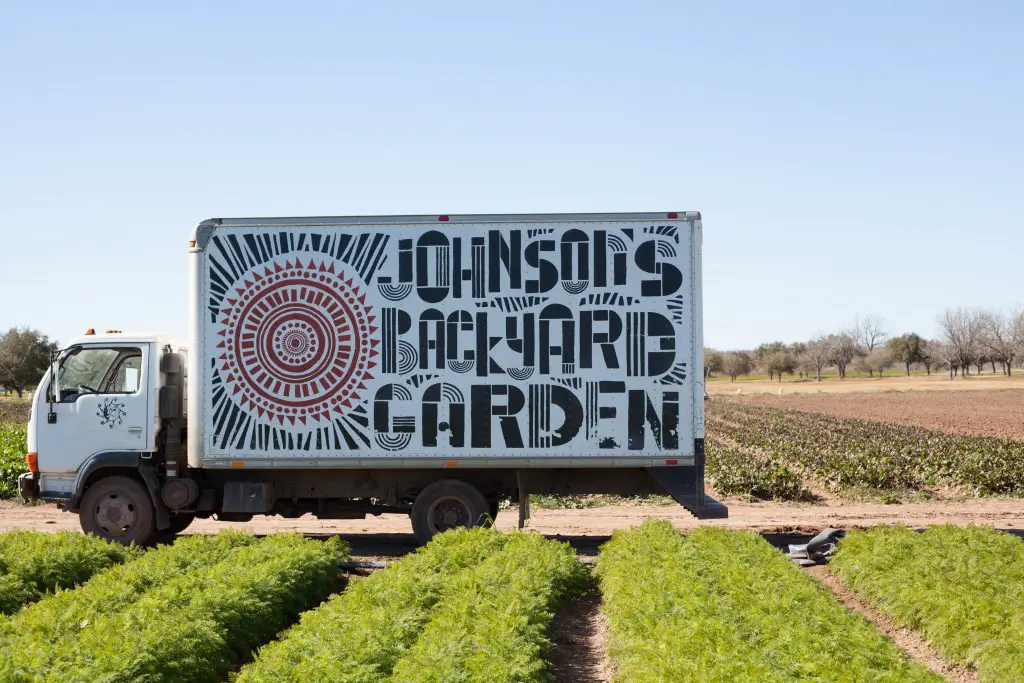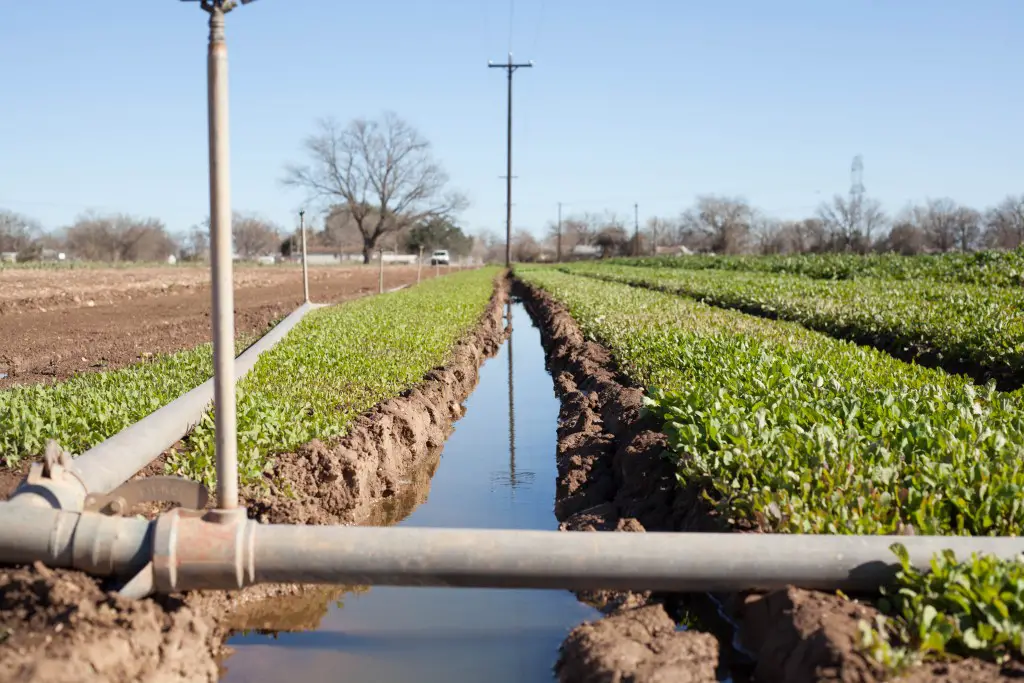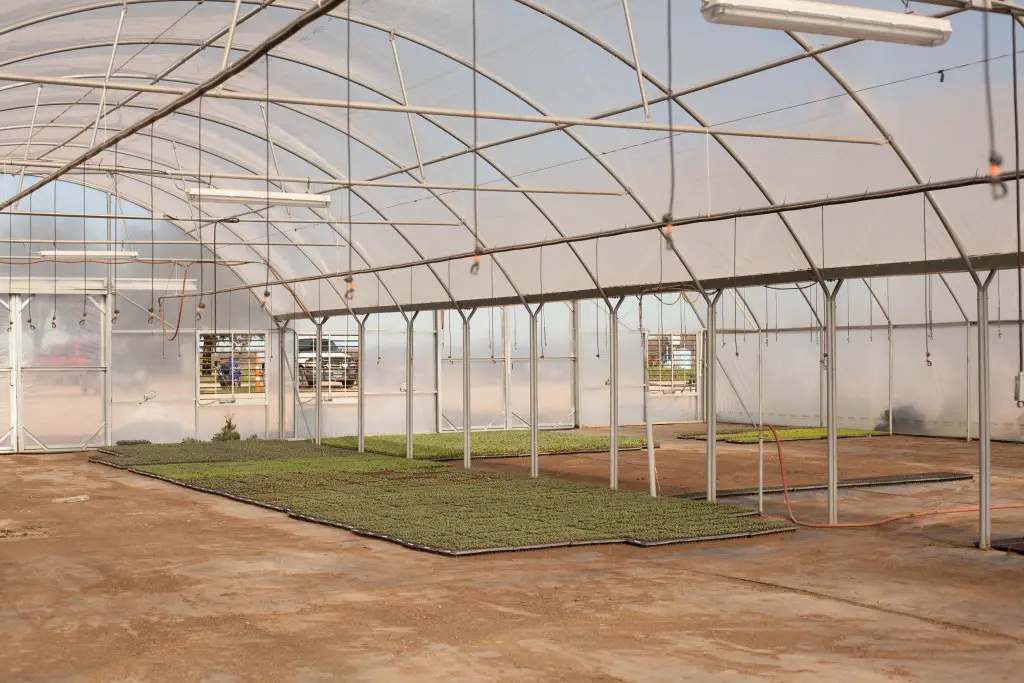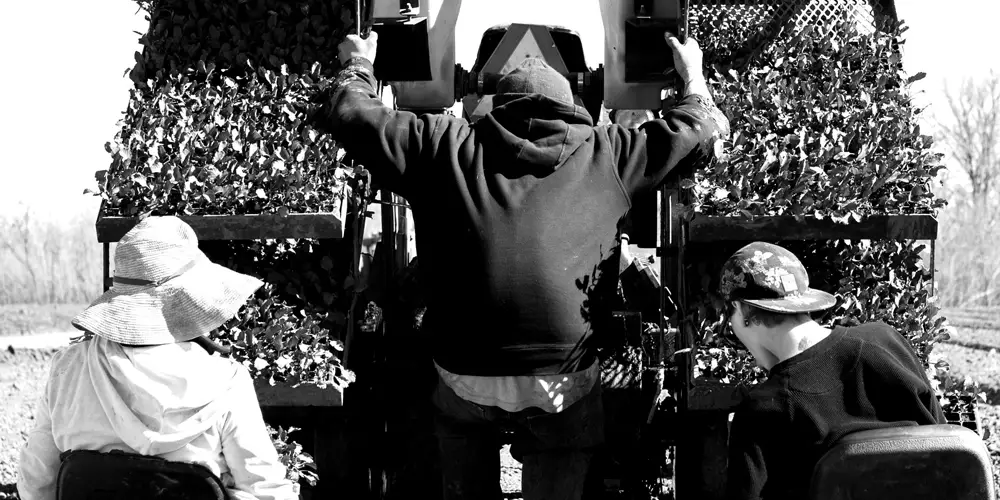Johnson’s Backyard Garden (JBG) is a community supported agriculture operation with two farms—one 30 minutes south of Austin and the other five miles east of downtown. JBG sells produce to several local restaurants, farmer’s markets and families in the community, and in a few short years has expanded to be one of the largest urban organic farms in Texas.
The place is an organic-minded millennial’s soiled dream, and as a result, the iconic JBG trucker hats don the heads of almost every cut-off wearing yo-pro complaining about gentrification while listening to dream pop in their East Side megacondo.
In an effort to utilize this adulation, JBG encourages these yuccies (young urban creatives) to volunteer at the farm to feel a little bit closer to the ground on which their $150 sneakers tread. In fact, JBG has events that seem so tailor-made for these types—veggie-pickling workshops and community-supported potluck dinners—that I’d be surprised if there isn’t a mustache-grooming station somewhere on the premises.
Oh and let’s not overlook the crop-side picnics. Yes, Austin foodies are so into farm-to-table dining that they’re more than happy to bring their own tables to the farm. But it’s like my Abuela always said, “If you can’t beat the blanquitos, join ‘em!” (or something like that, her English was never so good).

I took a little jaunt to the larger of JBG’s two farms to try my hand at farm handing for the day, and as I’m more Little Edie of Grey Gardens than Anne of Green Gables, the experience was sure to be a test of my personal fortitude and physical capacities.
I select my outfit two days prior, because I know this mission will require the proper attire for frolicking through crop rows, and I was told there would be photos. At first I consider a Juicy Couture sweatsuit and oversized Gucci sunglasses à la Paris Hilton in The Simple Life, but I settle on a rugged denim jacket and fresh sneaks.
After first missing the dirt road entrance, I pull into the farm at 8:30 AM, expecting to live out all my Thoreauvian fantasies—to live deliberately, to front only the essential facts of life.
Instead, I sit in a shed that doubles as an office for the farm administrators, but this is alright as I am nursing a hefty hangover and must sit to prepare for what is sure to be a long day.
8:43 A.M.
Katie asks me if today is the 26th; I tell her it’s the 9th.
Katie’s confusion is telling of how the construct of time functions on the farm. The hours pass slowly yet quickly, all while the massive plot of land remains undisturbed by the outside, temporally contingent world.
9:02 A.M.
We walk around the complex and I’m enamored. It’s completely still and quiet save for a few volunteers and workers stirring about. Katie tells me the story of the farm. It was started by the oft referenced Brent, an enigmatic phantom, who is supposedly doing something somewhere on the property.
Brent, an engineer, planted a garden in his East Austin backyard in 2004 that quickly subsumed his family’s yard. In 2006, he purchased 20 acres near downtown Austin that became the first JBG farm, and four years later, another 40 acres in Cedar Creek, Texas—the same property that I’m currently enjoying.
Katie tells me the land functioned as a dairy farm for 80 years and that Brent’s family lives on the property. Convinced that it must be haunted by the spirits of cows past, I begin surreptitiously searching for the house. If those walls could talk, I bet they’d be mooing.
9:12 A.M.
We hit the greenhouse first, where a lanky guy named Brandon is moving crates, which I learn are called flats. The flats are filled with soil, seeded, and kept in the greenhouse until the germinated crops are ready for the big time: transplantation.
The sprouts are eventually re-planted in the outside farm with their veteran crop friends. I start to identify with the little greenhouse guys—not a girl, not yet a woman.
10:13 A.M.
Strong winds from a recent thunderstorm had blown the plastic covering off one of the greenhouses’ PVC structure, and the team is re-covering it. Five bearded men attach a bundle of rocks to the corners of a huge swath of plastic to weigh down the ends and start throwing it over. I begin to realize that farming takes as much ingenuity as it does manpower. The sheet of plastic would make the ultimate slip-n-slide, but there’s no time.
Katie and I are assigned the less strenuous task of untangling wiggle wire, which proves to be quite the son-of-a bitch, because damn if this wire isn’t wiggly. I give up 10 minutes in and begin eavesdropping on the workingmen’s conversation.
One of today’s volunteers (volunteers get a box of vegetables) is a regular named Matt who is from South Africa. He mentions that a friend in his homeland grows avocados and his friend’s dogs subsist on the fruit, which makes their coats super shiny. I tell Matt that I’m pretty sure dogs aren’t supposed to survive on avocados.
11:04 A.M.
I ask Katie, who I now acknowledge as my JBG sherpa, why she got into farm life. (I ask “Why she bought the farm,” but the phrase seems to confuse her, so I don’t try it again.) “Farming makes me feel connected to humanity,” she says. “Not to sound too hippy-dippy, but I traced my ancestry and all of my forefathers were farmers.”
I like this explanation. It’s the same Romantic notion I had before I agreed to untangle the damn wiggle wire. Katie tears a piece off some reddish-green plant, throws it in her mouth and grimaces. “It’s spicy. Want some?” I oblige.
It is spicy. She tells me it’s red mustard, and I ask if it’s the stuff that comes out of the bottle. Her reaction indicates that I have exposed my ignorance.
12:23 P.M.
Katie and I pile into one of the farm’s Ford pickups to check out the transplantation team at the nether regions of the property.
As we drive, she warns me that if I decide to travel by foot, tractors and trucks always have right of way, so pedestrians must yield lest they get run over by any number of large vehicles. I have enough trouble at designated crosswalks, so I take this advice to unreasonable extremes for the remainder of the day.

I survey the expansive land through the truck’s window in awe. The closest I’ve come to anything like this is a traumatic trip I took to the Cabbage Patch nursery when I was 6, where creepy bloated doll heads emerge from presumably fake cabbage plants to simulate some perverse birthing process.
Long-repressed memories of this childhood nightmare emerge back into consciousness, and I fear that the post-traumatic stress will ruin the day.
12:30 P.M.
When I get out of the car, I check the rows of cabbage heads. To my relief, no twinkling button eyes meet my own.
Katie introduces me to the transplantation team, which is led by a scruffy young guy who tells me that he will answer questions as best he can, but may ignore me if he becomes too busy. I am alright with this, as most of my personal interactions tend to involve my questions and comments going unacknowledged.
12: 34 P.M.
Katie leaves me to my own devices, and I watch the transplanters go. They hop onto a vehicular chimera that looks like a tractor from the front and rollercoaster from the back.
As one person drives through the crop rows, two people ride behind, seated low to the ground and planting the soil with crops as the tractor chugs along. The transplantation process is akin to ghost-riding the whip—people hanging off a slow-moving vehicle, shouting and performing some synchronized ritual that only the participants seem to understand.
The lighting is optimal, so I lean against a flatbed to take an Instagram-worthy selfie (to no avail), but after a few minutes I decide to wander from the drop-off spot without asking any questions at all.
It’s time for me to leave the comfort and safety of my metaphorical greenhouse and explore the surrounding expanse of land, to expose myself to the perils and mercurial conditions of the open fields.
12:46 P.M.
I walk along a row of beets, finally free to recreate my Green Acres dream. I am Eva Gabor, a beautiful urban socialite who trades in her penthouse for a barn. Except my penthouse is a shitty first-floor studio apartment and my social echelon is composed of penniless degenerates. But in this moment, none of that matters. I am she.
I begin to sing the intro song to the ‘60s sitcom, but my fantasy is abruptly halted by a man running past holding a bunch of carrots. I follow to see what his hurry is. The running man finally slows down to tell his ostensible superior about an ingenious marketing idea.
Running man shows the carrots he was cradling. Each has sprouted a second carrot from the body of the first. He tells his manager that, because the deformed carrots look like legs, he’d like to make a stop-motion video of the carrot legs “dancing” by arranging the two-in-one veggies in different positions to simulate choreographed motion.
I maintain a safe distance so as not to interrupt the convincing proposal, but from 20 feet away, the manager seems unenthused. I walk off, vicariously feeling the sting of rejection.
1:03 P.M.
Is a dog barking? Yes. That is a dog, running through the fields, barking at nothing—or barking at me. I want to pet the dog because he is a compact, big-eared creature, but he seems feisty. I pet him anyway, but he is thoroughly unimpressed by me. He doesn’t bite so I follow him around the plot making kissy sounds.
1:11 P.M.
I think I see Brent’s little house of herders (sorry I really butchered that one).
1:16 P.M.
I have really made myself at home by this point, greeting passers-by and speaking Spanish to some of the harvesters. A few of the farmers even throw me a carrot, and I do my best “What’s up, doc?” After a few failed attempts at a Bugs Bunny impersonation, I realize that I have yet to excrete my own runoff—which is a gross farm- euphemism for going pee.
1:29 P.M.
I cautiously walk along the dirt roads, remembering what Katie told me about the right-of-way rule. At the faintest semblance of any vehicle sound, I nervously jump out of the way for fear of becoming compost.
1:35 P.M.
I finally make it to the bathroom, which is perched on a hill and tucked into a pavilion where farmers are eating lunch and listening to Norteño music. I meet; I greet; I strut around with a false sense of purpose. I’m ready for another task, so I head to the greenhouse where Brandon gives me some flats to soil and seed.
1:39 P.M.
I sit with South African Matt at a picnic table to sprinkle pepper seeds, and low-and-behold, he’s a writer. We talk books and various other topics that two sort-of-writers would discuss while doing work that machines have made obsolete.

He keeps referring to his significant other as his “partner” and using gender-neutral pronouns to refer to “them,” so I’m not sure if we’re talking about polyamory or some progressive rejection of the binary gender paradigm. I change the subject to avoid being too invasive or fumbling over my words and making a politically-incorrect snafu.
1:43 P.M.
Matt educates me on the political situation in South Africa, a subject on which the extent of my knowledge comes from a Disney Channel movie about an interracial friendship during Apartheid.
Apparently the South African government once implemented a citizen-regulated traffic program where drivers would signal to one another with their thumbs. If someone were driving like a real asshole, other drivers on the road would shame the asshole by giving thumbs-down out their car windows. I throw my new friend a friendly thumbs-up and escape from the greenhouse inferno.
2:46 P.M.
The photographer shows up late and because I am now a cog in this well-oiled machine, I escort him around the complex. I force him to snap a few photos of me clandestinely lying among the beet rows. I’m paranoid about the harvesters seeing me, because I haven’t worked all day cultivating a pristine reputation among these people just to have it all ripped away by one illicit photo-op—but anything for the shot, right?
3:02 P.M.
I grab a bundle of carrots from the field and knock out a few poses next to a truck. I’m going for an American Gothic vibe, but I think the photographer lacks artistic vision, because he keeps asking me to smile. I never do.
3:30 P.M.
I return to the office, because I’m exhausted from a full day of doing mostly nothing, and I’m ready to leave half an hour before I’m supposed to. I think about the fact that just this morning, all of the people in this room were complete strangers, and a mere seven hours later, I have the privilege of calling them friends—or at least people I’d say hi to if I recognized them on the street—if they said hi first.
I say my goodbyes and run the hell out of there, because I’ve only eaten a piece of spicy mustard and a carrot today. I need a taco stuffed with inorganic, indiscernible sludge matter.









That Katie sounds adorable!